Crown Jewels: how Church Road is putting Hawke’s Bay on the fine wine map
Following a masterclass dedicated to the wines of New Zealand producer Church Road, Patrick Schmitt MW mines the riches that the Hawke’s Bay winery has to offer from its unique and varied terroir.

At a time when global wine consumption is stagnating, brand owners must work especially hard to find markets for their produce. Of course, any great wine should be relevant to interested drinkers, but there are certain places where the audience is likely to be more receptive to a brand’s positioning. It was with this in mind that Church Road hosted a masterclass in Shanghai, in partnership with the drinks business Asia. Having been invited to introduce the event, I pointed out why this brand might hold appeal for the Chinese consumer, having already built up an enviable following in its home market of New Zealand.
One might think it was due to this brand’s distinctive packaging, featuring weighty black glass adorned with deep-red logos and labels, as well as wax seals on the flagship expressions; such a striking, luxury look should appeal to a market whose consumers we’re told likes smart bottles with plenty of ‘lucky’ red. But no. In my view, it was something deeper that made this producer suitable for the wine lovers of Shanghai – the style of the wines, which owe their character to their source region: New Zealand’s Hawke’s Bay.
The area specialises in warm-climate red varieties – particularly those based on Bordeaux grapes, along with Syrah – as well as fine, ageworthy white wines from Chardonnay.
The Chinese drinker mostly demands fine reds, with a notable fondness for Bordeaux, as well as rich reds based on Syrah – made popular when Australia was a dominant supplier of wine to China. There’s also the nation’s growing appreciation for fine whites, especially those made from Chardonnay. If ever there were a part of New Zealand ripe for China, it’s Hawke’s Bay.
But, whatever the market, it’s time we started talking more about Hawke’s Bay in general. This is a fantastic fine-wine region that is underrated relative to other famous Cabernet- and Merlot-producing places of the world – not just Bordeaux but Tuscany and Napa. It’s also a source of world-class Chardonnay – without the fame and high prices of fine Burgundy or Californian whites.
So what’s key to the character of Hawke’s Bay? First, there’s the climate, which is warming but moderate, with plenty of sun and dry summers, despite the region’s proximity to the ocean. Indeed, Hawke’s Bay has the warmest and longest grape-growing season out of all New Zealand wine regions. To draw comparisons, Hawke’s Bay has an average growing degree days (GDDs) between 1,200 and 1,500, which puts it in the same range as warm wine regions like Bordeaux (1,200 to 1,400) and the Napa Valley (1,200 to 1,700).
Second, the soils are prized for their free-draining stony nature, with notable sub-regions being Gimblett Gravels and the Bridge Pa Triangle, both of which occupy old riverbeds.
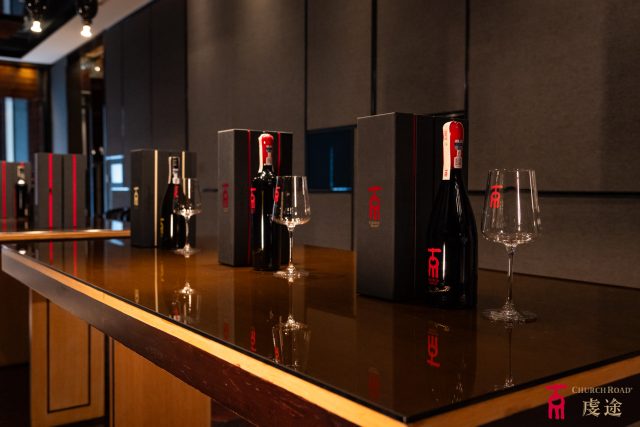
Third is the style, which shows the restraint of fine Bordeaux with a hint of Californian richness. Regarding Syrah specifically, in blind tastings, it’s easy to confuse Hawke’s Bay with Saint-Joseph in the Northern Rhône.
As for the wines of Church Road, these have repeatedly proved to be winners in their category in our blind tastings for the Global Wine Masters, ensuring that the producer’s head winemaker, Chris Scott, is listed as a top 100 Master Winemaker. With 30 years’ experience making wine in the region, he is well-placed to give his view, which he did in stages during the masterclass, starting by focusing on its general strengths, before delving into more detail, highlighting site specifics with his single-vineyard wines and high-end expressions.
Initially, he warned the attendees against considering New Zealand as having one overarching climate, explaining that the country spans a range of latitude stretching from Switzerland to Northern Africa, with Hawke’s Bay located around the same latitude as Madrid. “New Zealand is not all one place,” he said, before stressing that Hawke’s Bay itself has climatic diversity. He said: “It is where Burgundy, The Rhône, and Bordeaux meet.”
The likes of Chardonnay, Syrah, and Cabernet Sauvignon perform to a high standard in Hawke’s Bay. Scott explained: “Within this one region we have sub-regions that suit a number of different varieties.”
One example is the Tuki Tuki Valley, which has limestone soils and a strong maritime influence. The bedrock brings freshness to the berries, as do the cool sea breezes in the afternoon, making this area particularly good for Chardonnay, and therefore the main source of this grape for Church Road’s expressions. Another part of Hawke’s Bay that’s also “very promising” for Chardonnay, according to Scott, is called Crownthorpe Terraces. Although further inland, being based on old river terraces around 200m above sea level, it’s a little cooler than Tuki Tuki, with this higher site having warm days but cool nights, and a total of around 1,250 GDDs, compared with 1,300 nearer the coast.
The red varieties are primarily sourced from two important sub-regions, called Gimblett Gravels and Bridge Pa Triangle, which are protected from sea breezes, and are much warmer, with free-draining gravel soils, making them very well suited to Cabernet, Merlot, and Syrah.
New Zealand pioneer
Church Road, which was founded in 1897, is one of New Zealand’s oldest wineries, and a pioneer when it comes to Cabernet Sauvignon in the country, having been the first to plant it in 1949. The man responsible for this bold step was former head of Church Road, the late Tom MacDonald, who Scott described as “the father of red winemaking in New Zealand”. In his honour, Church Road’s top expressions are named TOM, with a white and a red wine made only in “great vintages because we are very fussy about what we bottle under this label”.
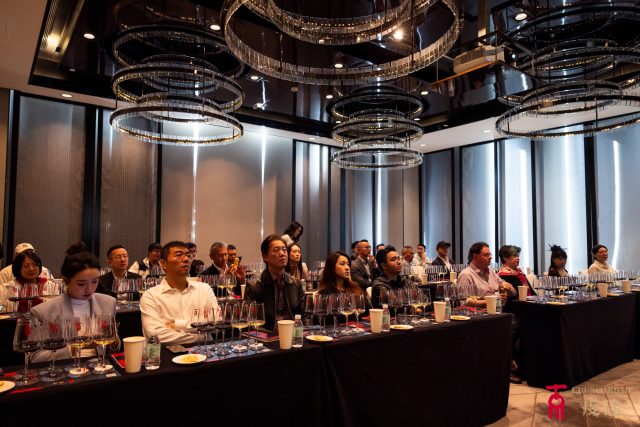
Scott added: “It is always just the very best blend of the best parcels – it is not necessarily a single-vineyard wine, but the best we can make from what we can source.”
Beneath this in terms of pricing is a range of single-vineyard wines called One, launched in 2019 with the 2016 vintage, as a way of “celebrating the personality of the vineyards we source from”. Forming a base level is Grand Reserve, which Scott said: “We affectionately called ‘Baby TOM, because TOM is the best of the best, and Grand Reserve is essentially the best of the rest.
“Whether it’s our approach in the vineyard or the winery, everything is done to the same standard, it’s just that TOM becomes a barrel selection of the very best wines.”
Starting the tasting with the whites, Scott introduced the Grand Reserve Chardonnay from the 2020 harvest, which hailed “almost exclusively from two vineyards in the Tuki Tuki Valley”. Characterised by fresh acidity and flavours of citrus fruit and citrus blossom, which he ascribed to the cooling sea breezes, the limestone in the soil “gives a flintiness that you don’t see to the same extent from other sub-regions”.
With the Church Road Chardonnays taken “mid-slope, with a western-facing exposure”, he said, “it starts to look a bit like premier or grand cru Burgundy,” comparing the site with the Côte d’Or.
Yet more intensely citric, with a lovely note of grapefruit pith, and a whiff of freshly-struck matchstick, was the next wine, which was the TOM Chardonnay from the fresher 2021 vintage. “Both 2020 and ’21 were very good years, and both were very dry, but ’21 was a bit cooler, and we had higher acidities,” he said.
Showcase the wine
Speaking about his approach to winemaking, he said: “There is no recipe at Church Road; we look at what the vintage presents us with, and we adjust the winemaking accordingly, to showcase the wine in the best light possible.
“Our philosophy with Chardonnay is unintentional laziness: we have done a lot of trial work with Chardonnay over the years, and we have discovered that less is more – the less you do to it, the better it gets.”
This means hand harvesting – “which is very important because it allows us to whole bunch press to give the best juice possible – and we press super light,” he explained. “We then run the juice straight to barrel with no settling or clarification, and we don’t add any yeast, so it is 100% wild fermentation.”
Looking at recent vintages, he said: “We didn’t produce TOM in ’22, but the ’21 is probably the best Chardonnay I’ve made: it was a fantastic year for Chardonnay, very dry, and a warm year, but not super hot, so we had concentration in the fruit but we retained the fragrance, and had a backbone of acidity in the wines.”
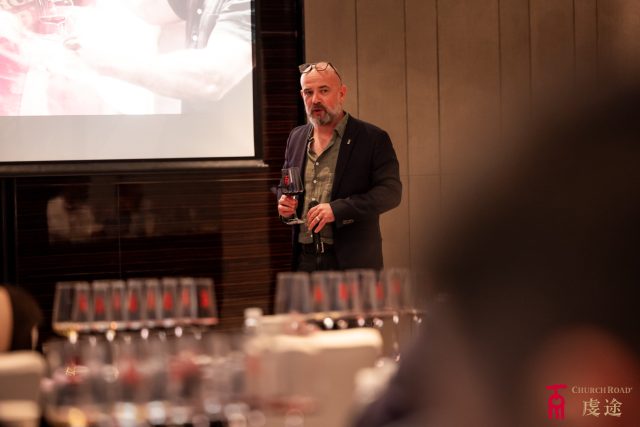
Moving onto reds, Scott began with the Syrahs, commenting on the style of wine you can expect from this grape from Hawke’s Bay. “People assume New Zealand’s Syrahs should be similar to Australian Shiraz,” he said. “We are New Zealand’s warmest region but we are still quite a bit cooler than the Barossa. Our wines have a distinctive personality but if you had to compare them with another region, then we have much more similarity to the wines of the Northern Rhône than the Barossa.”
Partner Content
This particular grape doesn’t have a long history in Hawke’s Bay, but it has made a strong impression, and quickly. Scott explained: “Syrah is relatively new – Chardonnay and Bordeaux reds have been grown in the region since the mid 1900s but Syrah has been in the region since the early 1980s, and has grown slowly since that point.”
Syrah makes up 2% of Hawke’s Bay grape plantings – but it punches well above its weight, and is responsible for 43% of all accolades awarded to Hawke’s Bay wines, Scott said.
In terms of his approach to the grape, he said there were two aspect to Syrah, one of which was to “showcase the beautiful aromatics; dark berry fruit, spicy pepper and floral characters”. The other is to bring richness to the texture. He said: “The secret to good cool-climate red winemaking is to find the warm heart. The aromatics take care of themselves – we get them in spades – we just have to be careful not to bury them under new oak – but with the winemaking we have to accentuate the warmth and richness in the wines.”
To do this, Scott employs long macerations, with around four weeks in total on the skins. “There is a misconception about this, because you might think it is like steeping tea – so the longer you leave it, the more tannin you get. But you get most of the tannin in about 12 days. After that – you get other things from the skins, which are flesh, weight and richness.”
He also said that during this month-long macerating period, “you can expose the wine to a bit of oxygen, which is important with Syrah, because it is a reductive variety, and we want to unmask all those beautiful aromas”.
The resulting outstanding Syrahs from Church Road are also the result of another technique, but this time in the vineyard. Scott explained: “Our climate is very well suited to cool-climate Syrah – it grows like a weed and sets huge crops, so you do have to treat it mean; in an abundant vintage we take 50%-60% of fruit off the vine and leave it on the ground to rot to make sure we get the concentration of flavour.” A sacrifice, but one that yields remarkable wines.
Complementing the Syrahs is another wine, albeit a bit more of a rarity. Sold in New Zealand and China only, with just 200 cases made annually, Church Road has a Malbec, which hails from a single vineyard in the Gimblett Gravels. “We’ve always grown a little bit of Malbec in Hawke’s Bay as part of our Bordeaux-blend programme, but there is one block in Gimblett Gravels that is always favourable to taste, and finally we made the decision to make a single-vineyard wine, rather than blend it away.”
What’s interesting for Scott, is that “Malbec tastes more like a Rhône variety than a Bordeaux one”, referring to its mix of black fruit, spice, and olive-like notes, and its suitability for the area alongside Syrah.
Softer wines
Next he introduced another desirable sub-region of Hawke’s Bay, called the Bridge Pa Triangle. Despite being able to drive between the two areas in “about two minutes”, he said that the soil type is different, and brings “softer wines with redder fruit”, while Gimblett Gravels tends to yield wines “with darker fruit and more tannic backbone”.
This was illustrated by a single-vineyard Merlot from the Redstone vineyard in Bridge Pa Triangle – a delicious, fleshy yet fresh red that showcased the quality of this site. Scott stressed the grape’s suitability for the region. “Merlot grows so well in Hawke’s Bay. It is one of most fickle grapes to grow in the world: it is very fussy about climate, and not many places do it well, but Hawke’s Bay is one of them – although it has to be treated with respect.”
Then he added with a smile: “And I like to remind people that the most expensive wine in Bordeaux is made from Merlot…” – referring to Petrus.
At this point, it was time to taste Church Road’s range-topping red blend which combines Cabernet and Merlot, with a touch of Malbec.
Coming from the 2019 vintage, Scott said that creating this flagship cuvée’s combination of wines, which come from different vineyards and grape varieties, was a painstaking process.
“It takes us about a week to blend this wine, and there are always surprises,” he said, adding that just 0.5% Malbec in the 2019 vintage “has a huge influence”, despite representing such a “small component”. He added: “We make wine like chefs, and we are trying to make the best wine we can based on our evaluation of the structure, aroma and flavours of the components: Merlot brings plummy fruit and a lush round mid-palate, while Cabernet Sauvignon brings length and more fragrance to the blend.
“Our Bordeaux blends are the most challenging wines we make, but there is a synergy between these grapes, which means, if you get it right, the whole is greater than the sum of its parts.”
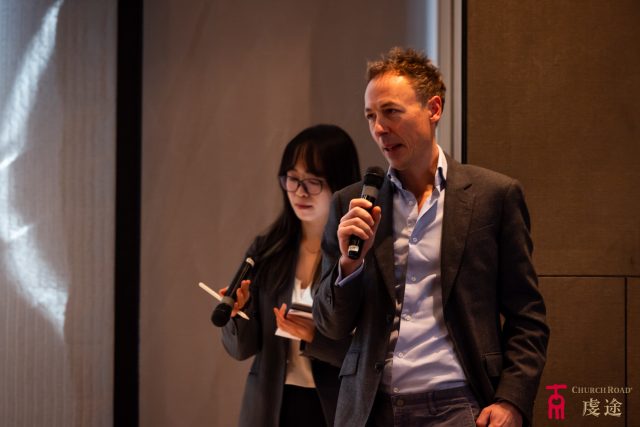
At this point, one of the attendees at the masterclass, Fongyee Walker MW, with a touch of humour, piped up to correct Scott, commenting: “When you say Bordeaux blends, you really mean Hawke’s Bay blends.”
Although it was said in jest, I asked Scott why he did not come up with a signature regional blend that could be used to promote the wines of Hawke’s Bay, and, if so, bearing in mind the quality of the Syrah from the region, whether he might blend this Rhône variety with the Bordeaux grape of Cabernet Sauvignon – a combination that is fairly common and successful in Australia.
Scott told the attendees that he has “played about in my kitchen”, blending the Church Road Syrah with wines based on Bordeaux varieties.
“It’s really good,” he said of the result, which involved him doing nothing more than mixing the wines in a glass at home.
“It’s quite possible that we will do this in the winery, and although I don’t know under what label, we do make exclusives for selling at our cellar door – and it’s a good testing ground.”
Flagship blend
As for making Syrah and Cabernet the flagship Hawke’s Bay blend, Scott appeared open to the idea. “I like the idea of a Hawke’s Bay blend breaking from the traditions of the Old World, and combining the best grapes in our region – so why not?” he said.
“It’s definitely something topical at the moment, and something we will look at in the next round of blending with our 2024 reds.”
So, should the emblematic red blend of Hawke’s Bay become Cabernet-Syrah, you can trace it to a discussion that took place in November 2024 in Shanghai, as well as a Hawke’s Bay winemaker’s kitchen-table experiments.
About the event:
• The masterclass was co-hosted by db editor-in-chief Patrick Schmitt MW and Chris Scott, Church Road chief winemaker and six time New Zealand Winemaker of the Year.
• Featuring wines from Church Road’s Grand Reserve, 1 and TOM Collections, the event showcased close to 130 years of winemaking experience. It was held from 1.30 to 3pm on Monday 11 November 2024 at the Regent Shanghai Pudong.
• Hawke’s Bay is New Zealand’s oldest wine-growing region, with more than 200 vineyards, and 125 wine producers. The region is also a draw for tourists, with more than 30 cellar doors – ensuring that Hawke’s Bay is now recognised as one of the 12 Great Wine Capitals of the World.
Related news
Strong peak trading to boost Naked Wines' year profitability

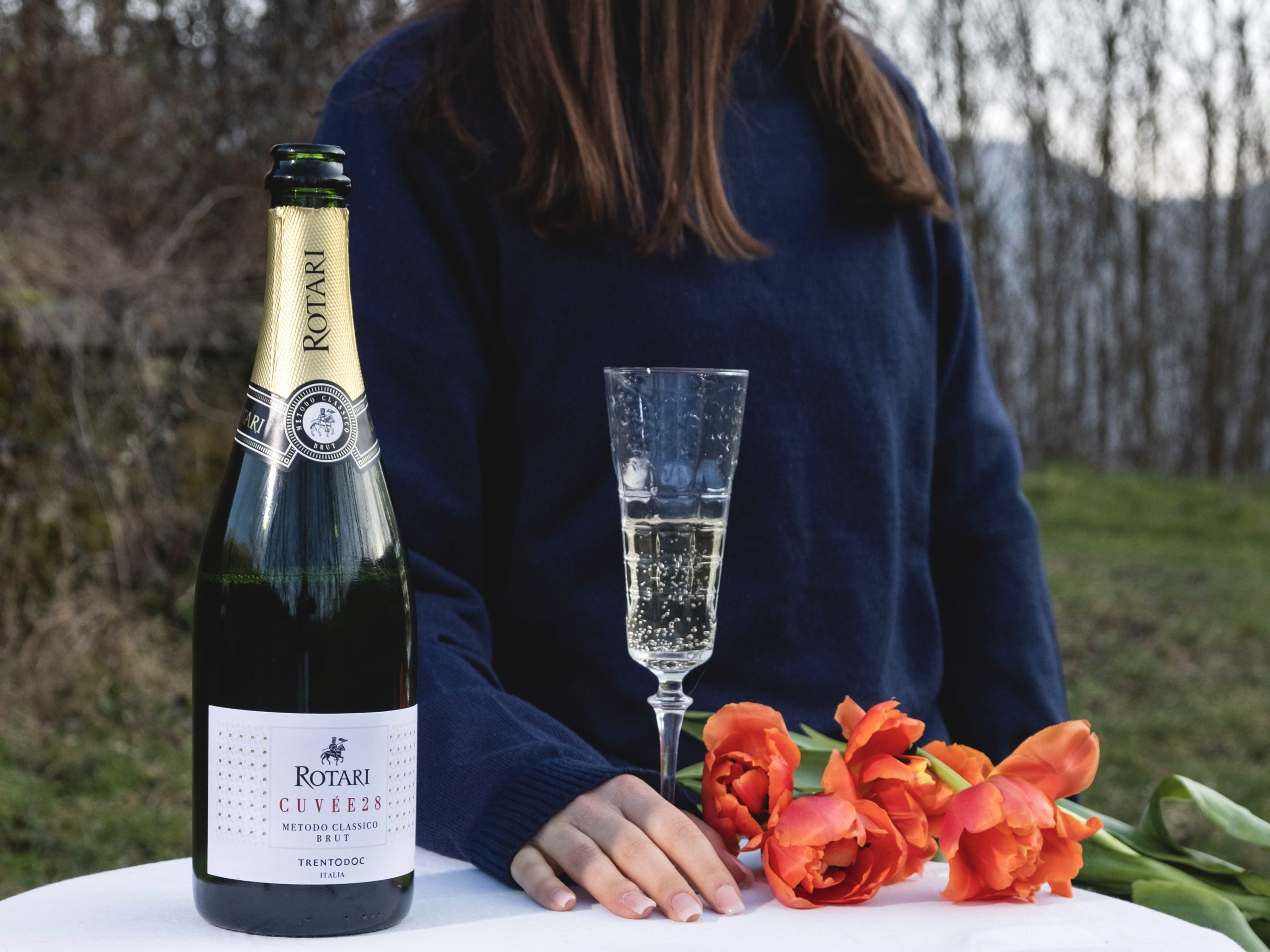
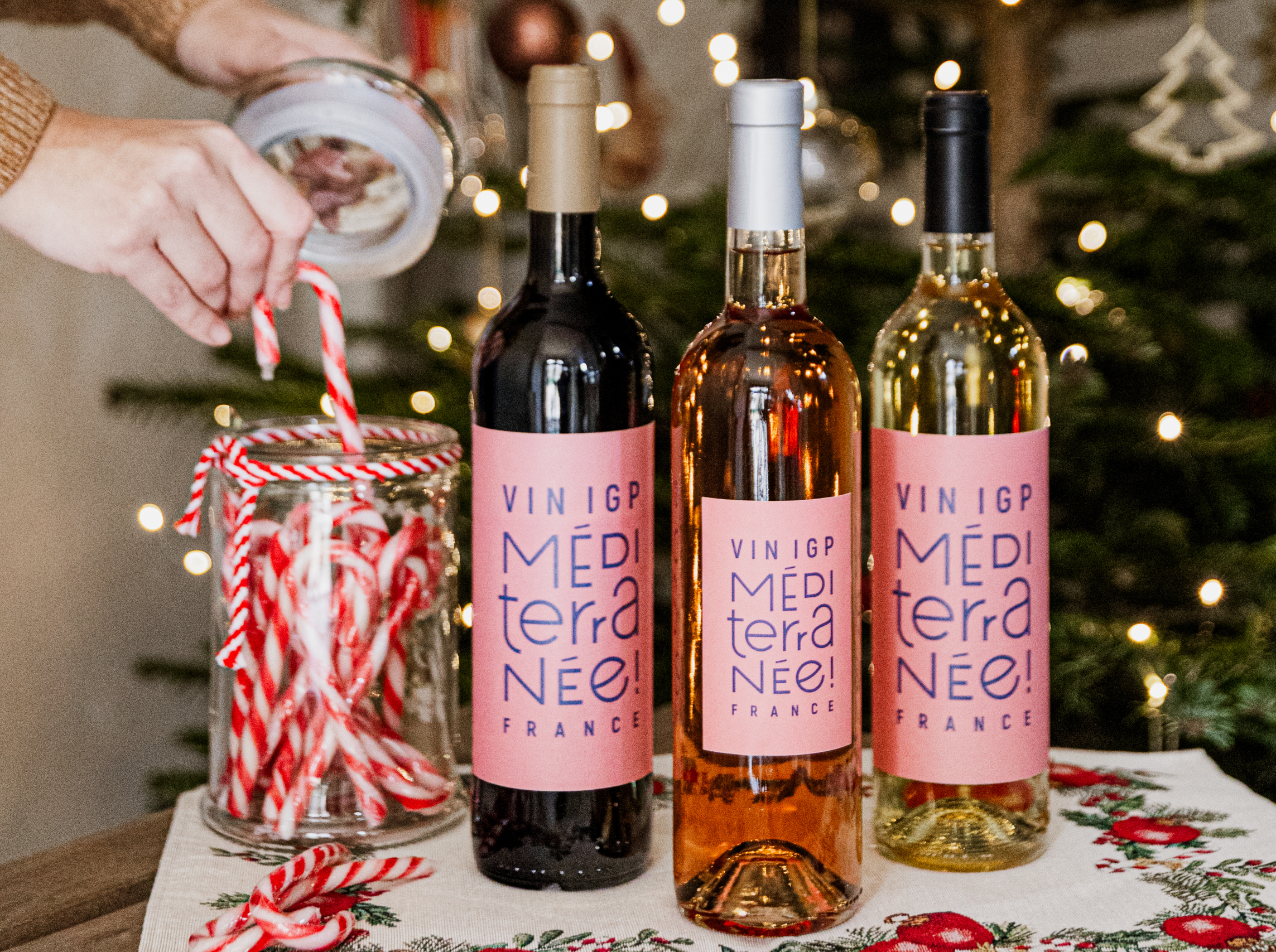
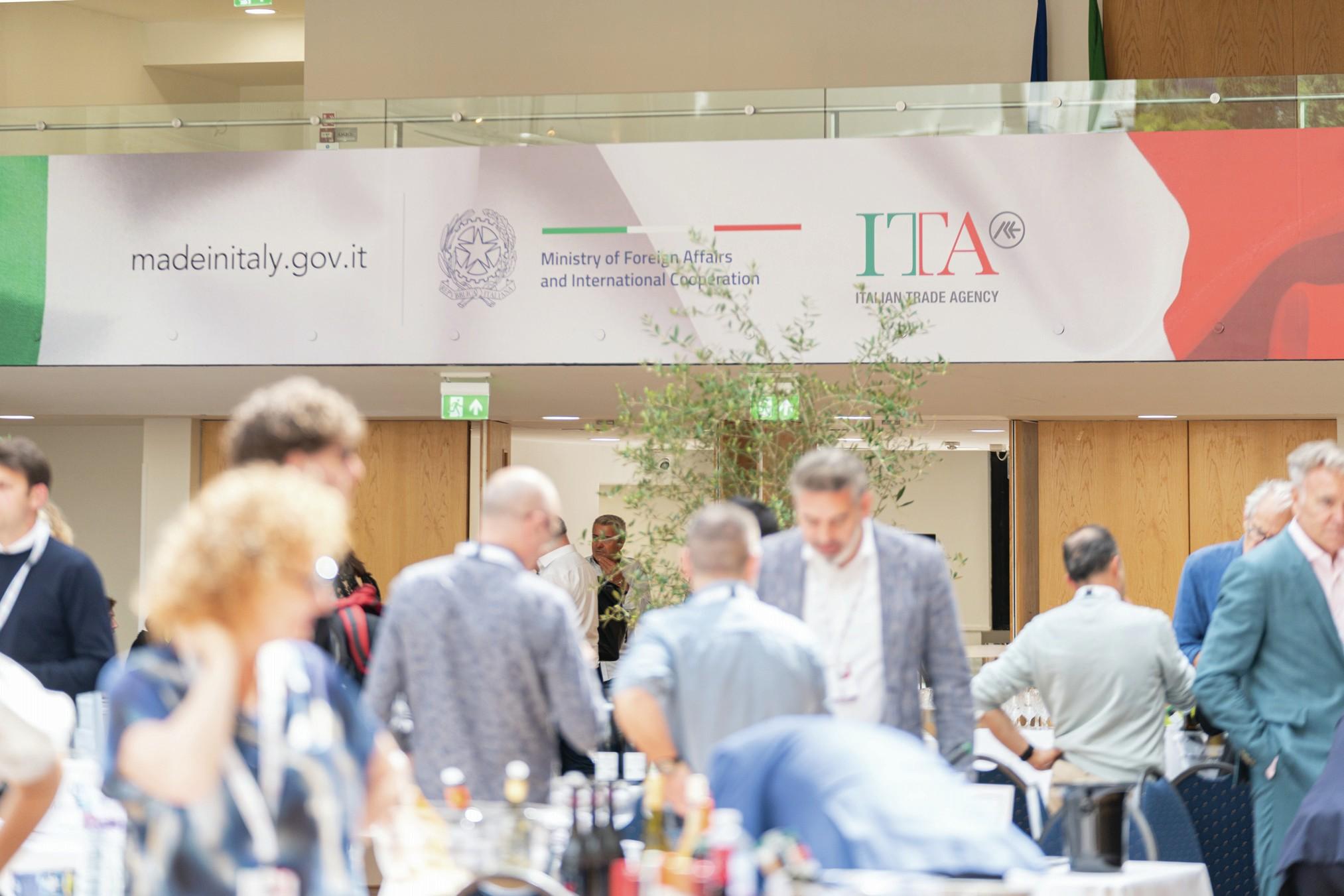
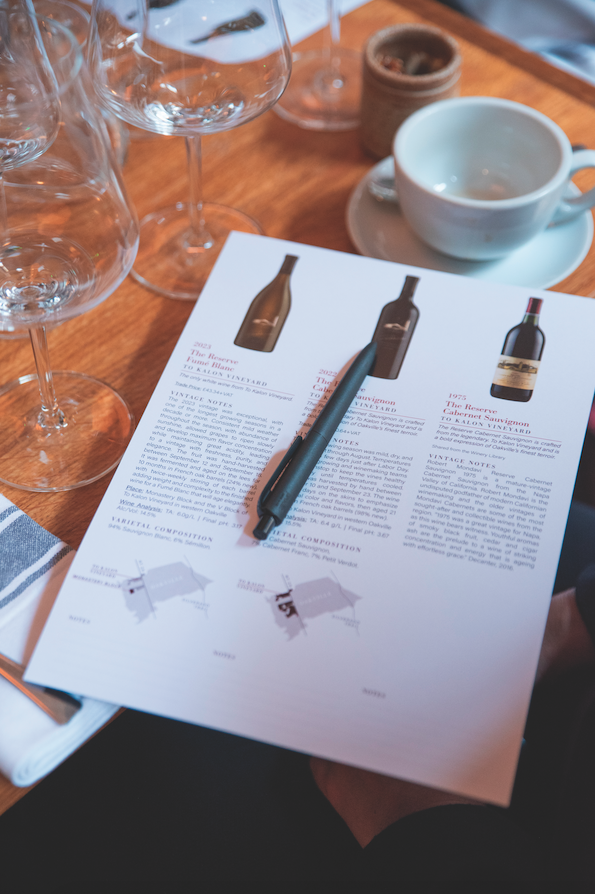
Worked with Chris Scott (and Wendy!) as a rookie winemaker fresh out of completing my Viticulture and Oenology Studies at Lincoln University back in 2005… a thoroughly lovely man and an extremely competent winemaker… up there with Rod McDonald, my first Kiwi boss. Go you good thing.